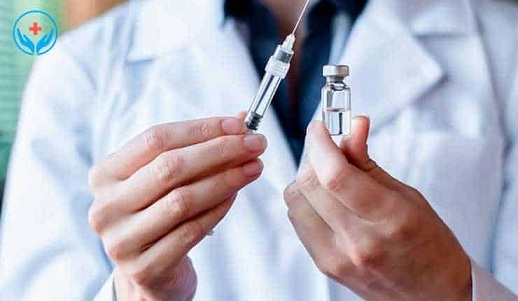

First of all, I would like to say that when we talk about methods of treating alcoholism, we must understand that alcoholism is not the flu. You can't take a pill and become healthy. Here the concept of "methods" should be understood conditionally. Any method in the treatment of alcoholism is only an initial push, what cures an alcoholic is himself. An alcoholic can be cured only by changing himself and his attitude to life. Therefore, the use of one or another method of treating alcoholism is the initial step, the first step on the path to recovery, and nothing more.
All methods of treating alcoholism can be divided, according to the principle, into methods of psychological and drug influence, although this is a rather arbitrary division, since with any psychotherapeutic treatment, medications are always additionally prescribed to support the patient in the post-rehabilitation period, to prevent the development of depressive states and possible relapses against their background.
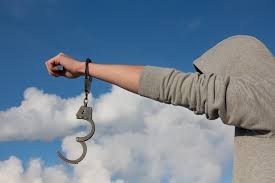
Coding is understood as numerous methods of treating alcoholism based on the suggested prohibition. The basis of coding is the fear of alcohol, according to the principle "drink - you will die." Effective when the patient is highly suggestible. This method has its roots in history; even in the Middle Ages, priests treated alcoholics by forcing them to take a vow of abstinence from alcohol before God. In our time, the method has been improved and adopted by psychotherapists.
There are a great many coding methods. Let's consider some of them
With this method of treating alcoholism, a patient brought to a special psychological state, a certain "code" is introduced into the subconscious - a certain program of brain functioning, which restores the normal work of brain structures, normal psychological functioning, personal control over their emotions, therapies, habits, and accordingly, on the one hand, forms indifference to alcohol (drugs, tobacco, etc.), and on the other hand - imposes a ban on their use under the threat of serious consequences for mental and physical health if this ban is violated, on the other hand.
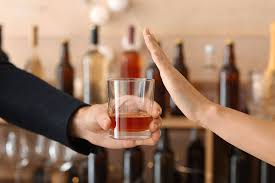
A method of treating alcohol addiction, in which the patient's brain and biologically active points are affected by electromagnetic pulses of a certain frequency and wavelength in order to block "alcohol centers", and as a result, the craving for alcohol, irritability, and depression should decrease. Drinking alcohol during such treatment does not cause serious consequences for the body, except for general discomfort, malaise, migraines, nausea, vomiting, and in some cases a toxic-allergic reaction is possible, which in turn causes the patient to have a negative reflexive attitude towards alcohol. It is carried out in several sessions.

Similar to neurophysiological coding, with the difference that this method produces a more powerful effect on the alcohol centers. It is carried out with the control of the patient's vital signs with medical equipment. As a result, the craving for alcohol should decrease, stress resistance will improve and withdrawal syndrome will be alleviated. When drinking alcohol after this method of treatment, it is possible to disrupt the functioning of brain structures, which in turn can lead to a malfunction of internal organs, including the heart, lungs, kidneys, and end in death.
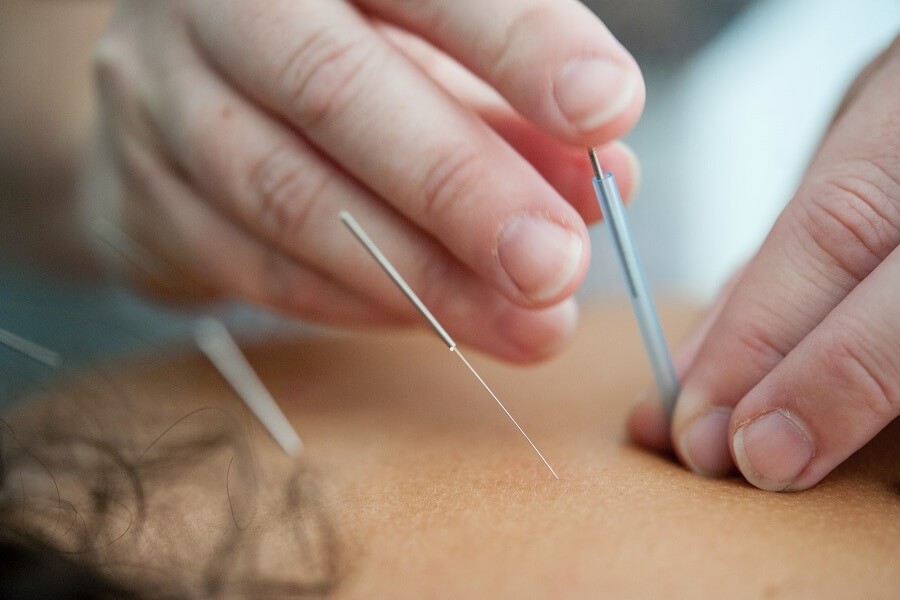
The oldest method of treating alcoholism, and many types of addiction, was used in ancient China. The essence of the method is to act on biologically active points located on the human body. Nowadays, along with needles, electrical impulses, lasers and electromagnetic waves of a certain frequency can be used for this purpose.

The main medicinal methods of treating alcoholism are the use of drugs based on tetraethylthiuram disulfide such as Thiuram E, Teturam, Antabuse, Disulfiram, Antetil, Stopetil, Torpedo, Esperal. The last two, perhaps, have received the greatest distribution in our country. All of the listed drugs suppress the liver's production of the natural enzyme acetaldehyde dehydrogenase, which is involved in the processing of ethyl alcohol. As a result, when drinking alcohol, the concentration of acetic acetaldehyde, which is a product of ethanol decomposition, increases, which causes a number of unpleasant sensations after its use ("flushes" of blood to the skin of the face, nausea, vomiting, a feeling of malaise, tachycardia, decreased blood pressure, temporary blindness, in some cases a fatal outcome, a state of coma is possible). Thus, drugs of this group make alcohol consumption physically impossible and even mortally dangerous. Drugs of this type are prohibited in the EU countries.
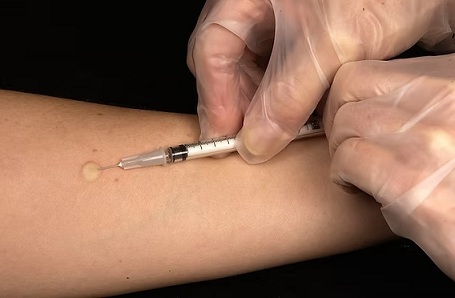
Drugs based on tetraethylthiuram disulfide can be used intravenously when the administered drug accumulates in the patient's tissues. The drug itself does not have a negative effect on the body, but when taken in a sedative, it can cause severe health problems, including death. With this method, after intravenous administration of the drug, to check its effectiveness, it is suggested to take a small amount of alcohol and demonstrate the incompatibility of alcohol and the administered drug. This allows you to dispel doubts, instill confidence in the patient in the high efficiency and reliability of the anti-alcohol drug. Less effective, because it is gradually eliminated from the body if you do not maintain the intake of the drug.
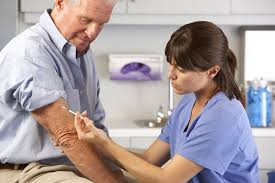
Implantation of capsules or tablets such as disulfiram, esperal, torpedo under the skin (fatty tissue). With "sewing", an operation is performed. After anesthesia with novocaine, tablets are placed through a skin incision. After 7 days, the stitches are removed. The effect, unlike the "infusion", lasts constantly and for quite a long period (depending on the number of tablets sewn in).
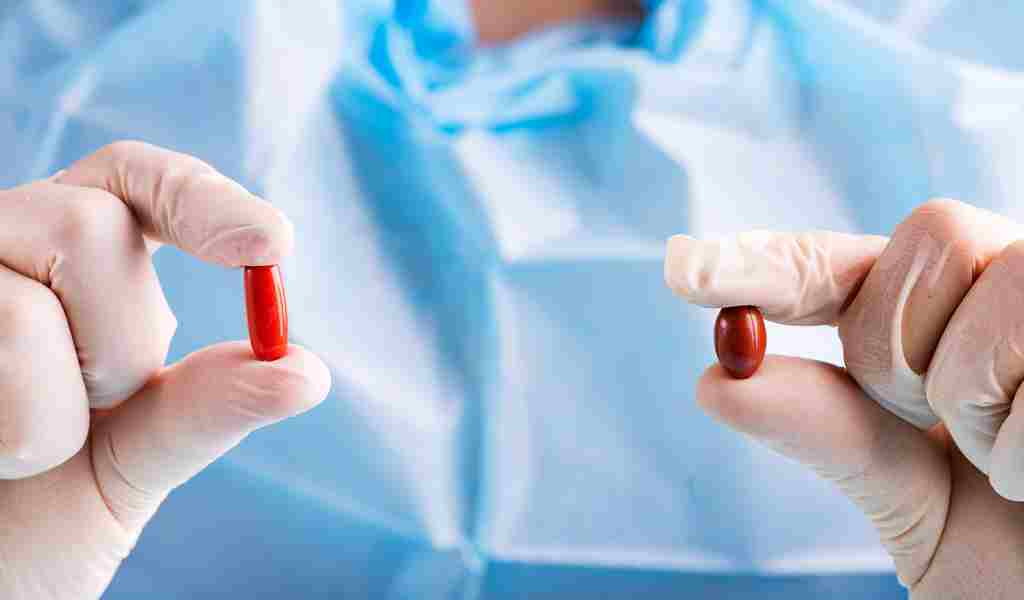
Drugs are also administered intramuscularly, for example, such as "Binastim", which is also a highly effective remedy (increases human immunity, improves the functioning of the liver and brain). After a certain adaptation period, "Binastim" enters the blood with a frequency depending on the patient's biorhythm, thus regulating the patient's well-being and reducing cravings for alcohol. I have not tried this method myself. The data is taken from open sources.
More about chemical methods of protection.

The duration of action of the drug depends on the administered (sewn-in) dose. Many alcoholics are sure that this period is very short. Yes, in fact, the bulk of the drug is excreted in a short period. . But the complete excretion of the drug can be very long (several years). Therefore, it often happens that an alcoholic begins to drink before the expiration date of the drug, and at first there is no reaction to the drug, but one "fine" day, you leave the bathhouse (absolutely sober), drink a glass of vodka to relax, and go into a coma. Therefore, when the doctor says that it will act, for example, 3 years, then this means 3 years, that is,time of complete elimination from the body. In addition, the residual effect of methods based on Disulfiram and similar drugs are various complications of internal organs, in particular the liver when drinking alcohol before the time specified by the doctor who administered the drug. Withdrawal syndromes will intensify. Therefore, you should not joke with such drugs.